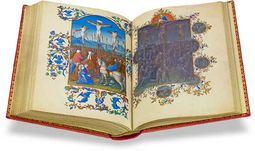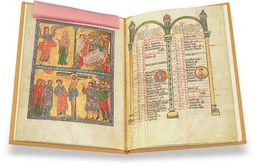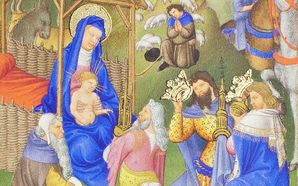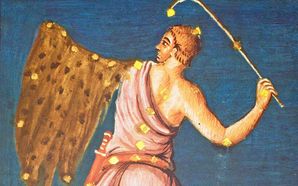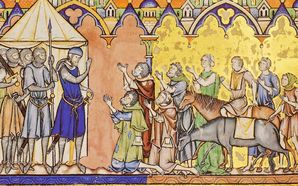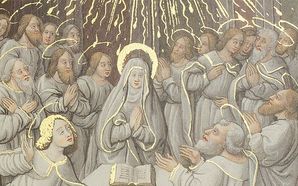Calendars
Medieval calendars are among the most accomplished and reproduced images from illuminated manuscripts. The miniatures of the twelve months created by the Limbourg Brothers in Les Très Riches Heures du Duc de Berry are some of the most recognizable in all of medieval art.
These specimens help us to understand the medieval concept of time and how it differed from our own. What’s more, the insights they offer into daily life during the Middle Ages are invaluable, portraying labors of the months both in the countryside and in towns as well as engaging in leisure activities.
Although produced throughout the Middle Ages, they became especially popular during the High and Late Middle Ages, becoming a common feature at the beginning of books of hours. The feasts of the saints in the course of the year were recorded and formed the prelude to the subsequent prayer texts. There are also a few specimens to have survived that were designed strictly as calendar books. For these reasons and more, calendars continue to be among the most studied and beloved specimens of medieval artwork.
Demonstration of a Sample Page
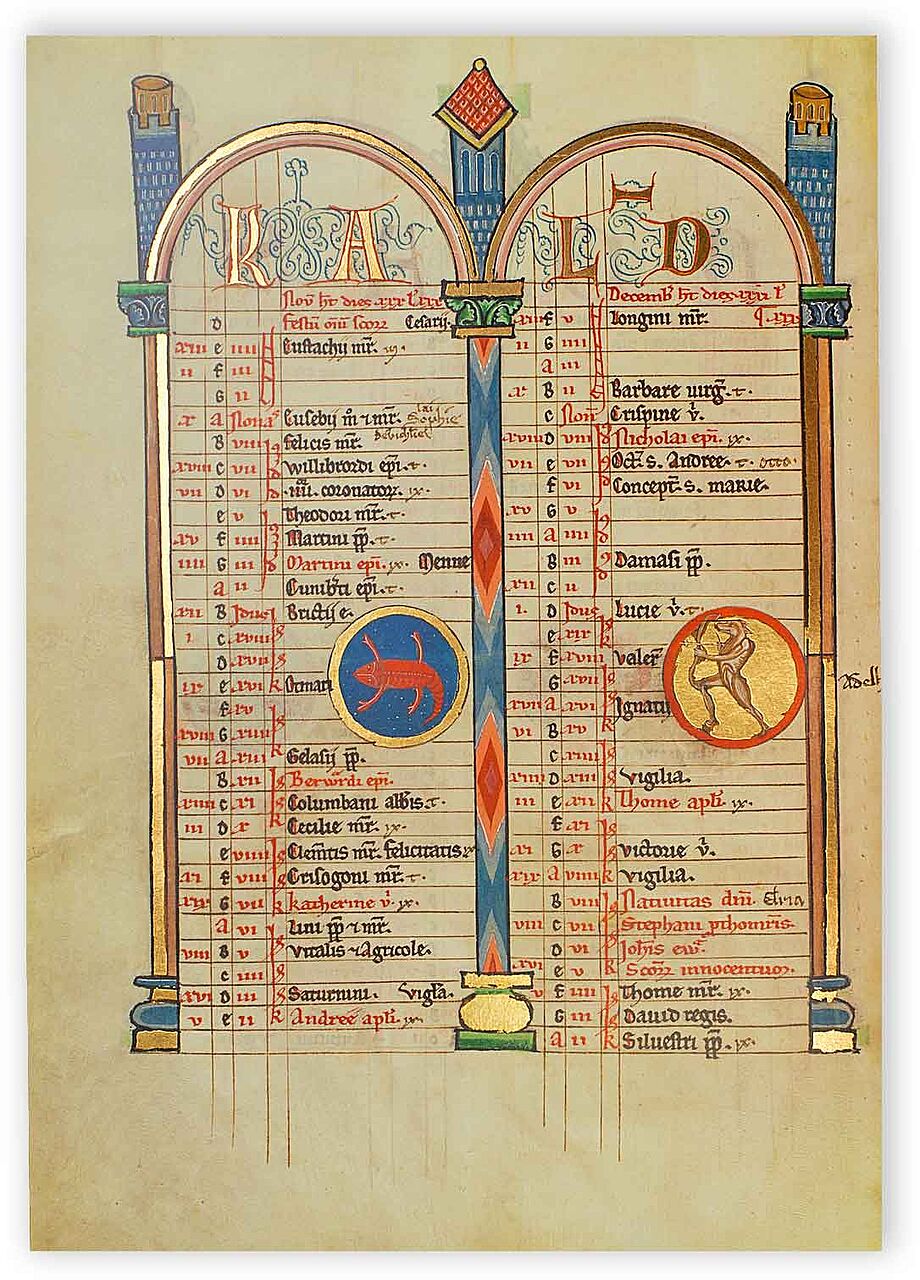
Hildesheim Golden Calendar
November / December
Composed within two arcade frames crowned with towers and turrets like those of a walled city, permanent calendars for the months of November and December are presented here complete with holidays – the particularly important ones are written in red ink. The classically styled columns upholding these arches are adorned with various colorful patterns and shimmering gold leaf.
November and December are presented with medallion miniatures of the zodiac signs Scorpio and Sagittarius respectively. Scorpio is depicted simply while Sagittarius on the other hand, framed in red and standing before a gold leaf background, is far more interesting: rather than a centaur, it is an inverse-hybrid with an animal’s head and a man’s body.

